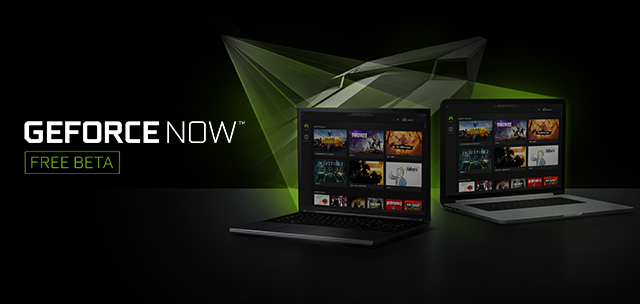Remember Google’s Stadia streaming system? If you answer “no,” well, that’s probably not good news for Nvidia’s GeForce Now, a recently launched competitor. But that also gives the company an opportunity to cash in where Google has so far failed to capitalize on its first-mover advantage. You see, a good number of people thought that Stadia was going to be a pretty big deal and, months on, it’s not really there yet.
Yet, it doesn’t mean that companies are giving up on the whole concept, and Nvidia’s new platform might just fix some of the nagging problems people have associated with Google’s effort.
Then again, there are those in the audience that might say: “If Google can’t do it, why would Nvidia succeed?” And for those people, we’re there with you, though we will give Nvidia the benefit of a wait-and-see approach. Especially since it is promising so many big, bold ideas.
For one, as Ars Technica reports, the Nvidia service has a free tier and works with a ton of games that people probably already have in their library. Stadia is adding a free tier, to be fair, but that’s still not here months on after launch.
So, how does GeForce Now accommodate all of these old games? The way it works is different from the Stadia in pretty fundamental ways, and it could be the magic formula for success behind the whole “Netflix of video games” concept.
GeForce Now basically boots a virtual Windows PC which then gives you access to Windows PC game services like Steam and Nvidia’s own service. From there you can play games via the cloud. Early reports indicate that the service not only operates fairly robustly but also that it is the current standard bearer in this emerging segment of gaming.
That’s pretty impressive for something that has just come out and which doesn’t have the deep pocket book backing it that Stadia does.
What’s most impressive about GeForce Now is that it apparently delivers where Stadia only offers promises. That, coupled with the inclusion of games people might already own and a free tier, makes it a pretty compelling alternative to some of the more traditional platforms.
Still, it is a streaming service with all of the problems that might come with that which include lag and latency. Those are real and don’t seem to be hampering anyone’s ability to enjoy games on the GeForce Now but it could become a bigger issue as more people sign up for the service.
But, as it stands now, it looks like Nvidia’s promise of streaming games on any device is bearing real dividends for early-adopter gamers. Whether Stadia will match Nvidia or fall by the wayside could be the major gaming story of 2020 aside from the launch of the new consoles.
What do you think about the GeForce Now vs. Stadia debate? Does the GeForce Now sound like something you would be interested in buying? What about streaming video games in general? Let us know your thoughts on this news story in the comments below.



